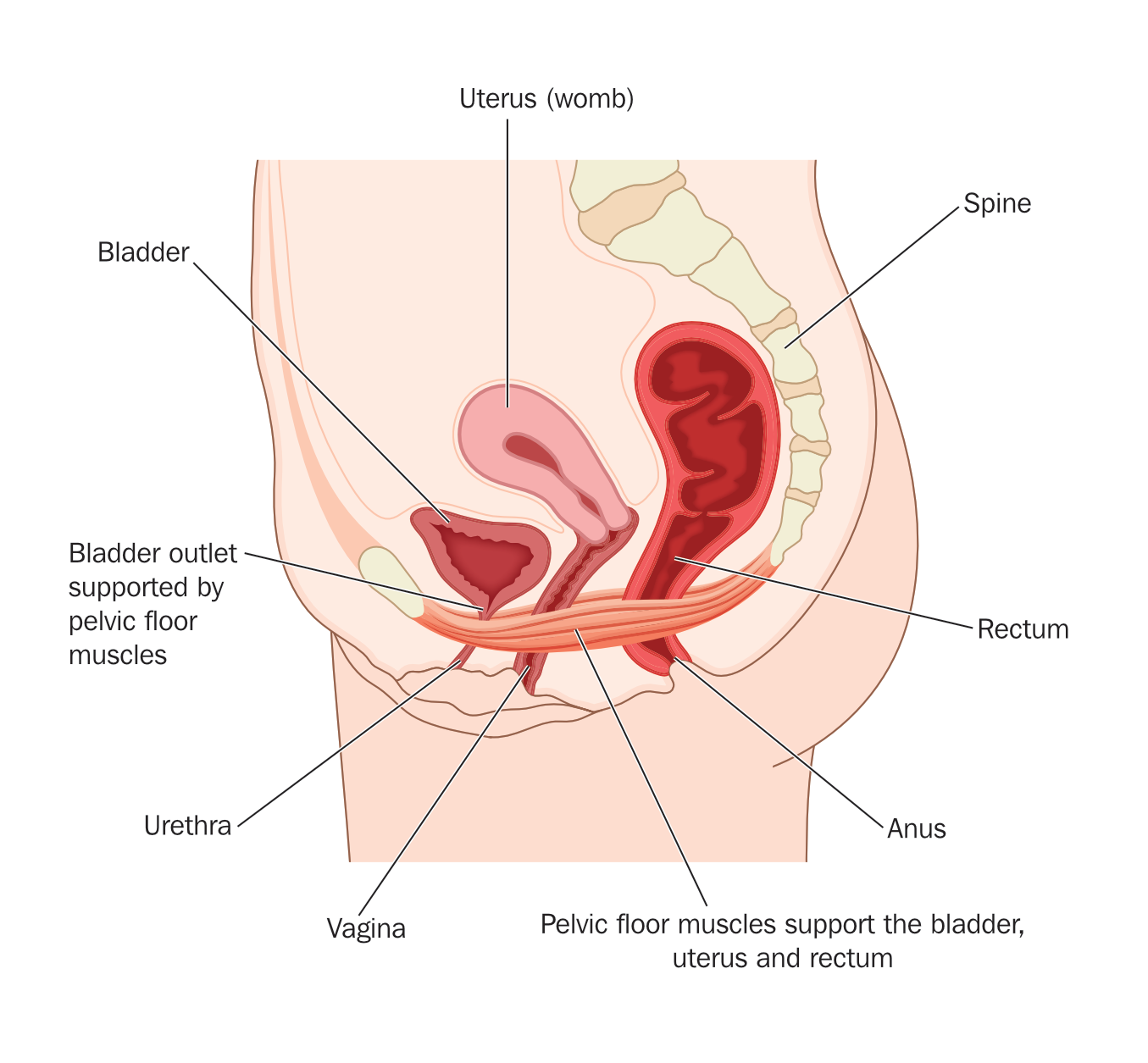What Does The Pelvic Floor Do?
What Does The Pelvic Floor Do?
Anatomy
The Pelvic floor is a collection of tissues that span the opening of the base of the pelvis from the tail bone to the pubic bone and out to the sit bones and groin area. Our breathing muscle (the diaphragm) our lower abdominal muscles (transverse abdominus) and our spinal muscles (multifidisu) all work together. Therefore treatment of pelvis pain or pelvic floor dysfunction often include breath work and precise positioning of the pelvis to allow for all the muscles to work together.
Toileting
The fascia and muscles of the pelvic floor play an essential role in the emptying of the bladder and bowels, so we can pee and poop effectively. The pelvic floor also closes the sphincters, which are little muscles that help to close the back passage (rectum) and pee pipe (urethra). This prevents leakage of pee or poo.
Organ Support
The pelvic floor helps to support the organs in our pelvis including the bowel and the bladder. Weakness of the pelvic floor or trauma during childbirth can cause prolapse – patients can feel pressure down below and sometimes a high grade prolapse is visible – hanging outside the vagina or rectum.
Sexual Arousal
It is reported up to 75% of women do not reach orgasm through sexual intercourse alone and 15% of women have never experienced an orgasm. We can be pretty sure this is not the same statistic for our male counterparts! This is often due to a psychological and emotional disconnect from our brain to our lovely vaginas. Many women do not like their vagina or feel uncomfortable during sexual interactions with another person.
If women experience pain during intercourse or have leakage issues, this emotional disconnect can create a major barrier to arousal or enjoyment during sexual interactions. Fixing the problems with your pelvic floor and taking time to create a psychological and therefore, neurological connection to the pelvic floor can have significant benefits during bedroom activities.

Book A Consultation
You can book a Physiotherapy consultation with us today – at a time and date that suits your schedule. Click below to begin.


